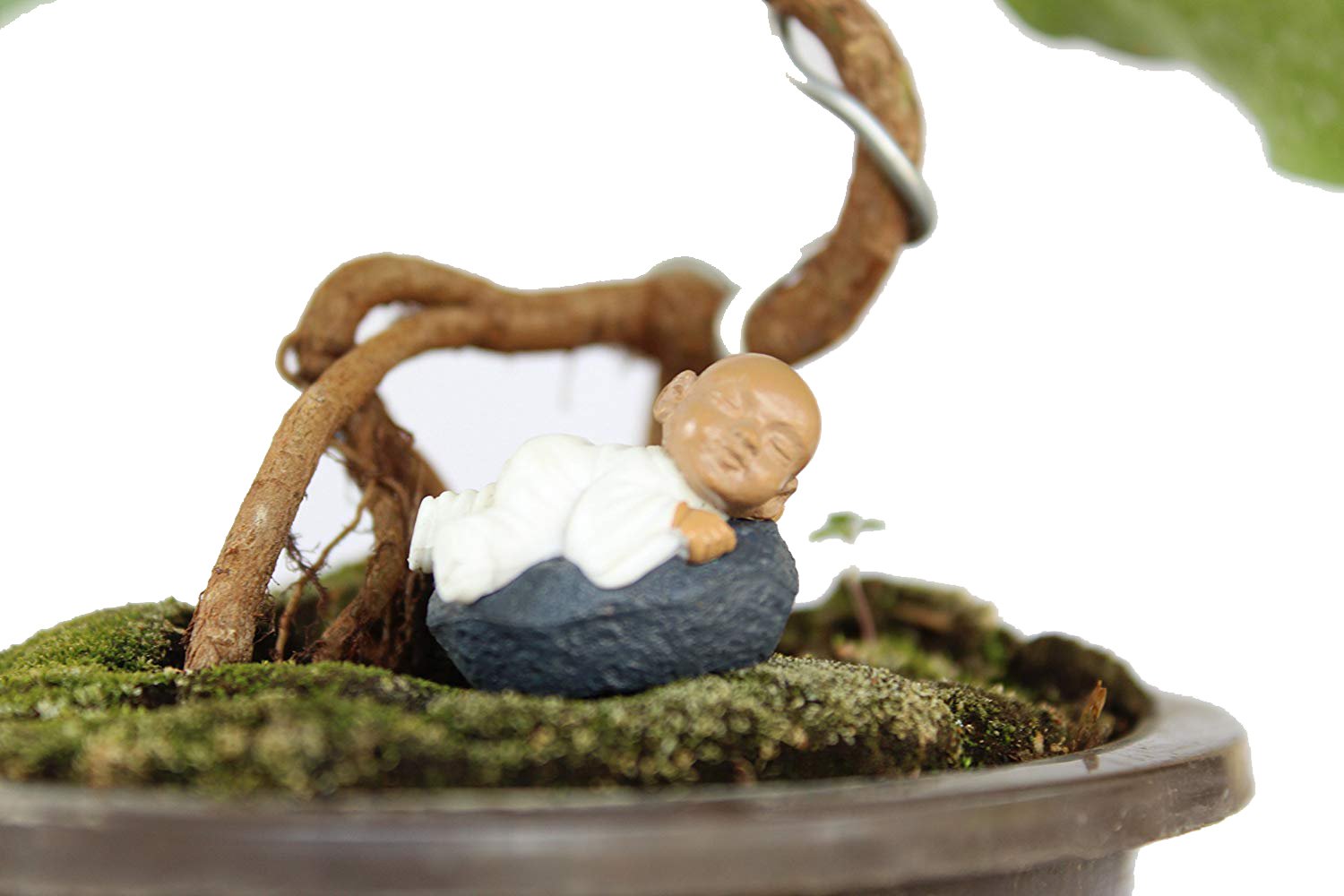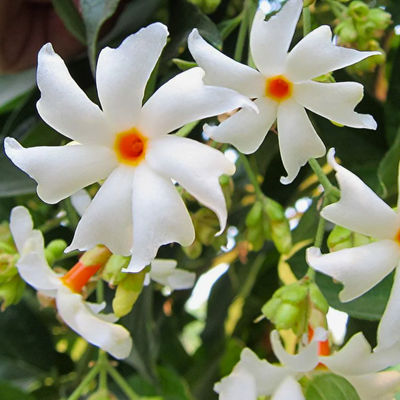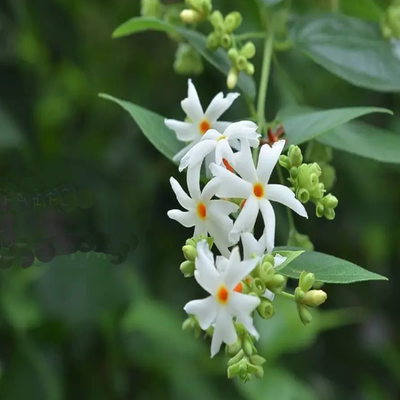

Bonsai Tree Ficus Religiosa With Pot (Live Plant)
Guaranteed Safe Checkout
Green Paradise Offers Healthy Bonsai
Ficus Religiosa Tree
About Bonsai Ficus Religiosa Tree
The Bonsai Tree Ficus Religiosa, also known as the Sacred Fig or Bodhi tree, is a popular species for bonsai cultivation. It is a member of the Moraceae family and is native to Southeast Asia, particularly India, Nepal, Sri Lanka, and Bangladesh. The Ficus Religiosa holds great cultural and religious significance, as it is considered sacred in Buddhism, Hinduism, and Jainism.
Here are some key features and characteristics of the Bonsai Tree Ficus Religiosa:
Appearance:
-
The Ficus Religiosa has distinct heart-shaped leaves with a glossy texture.
-
The leaves are generally small and alternate in arrangement along the branches.
-
The bark of the tree is smooth and greyish, with aerial roots that can grow from the branches and trunk.
Size:
-
In its natural habitat, the Sacred Fig can grow to be a large and tall tree, reaching heights of up to 30 meters (98 feet).
-
However, when grown as a bonsai, it is pruned and trained to maintain a much smaller size,
-
usually ranging between 30 and 60 centimeters (12-24 inches) in height.
Bonsai Cultivation:
-
Ficus Religiosa is well-suited for bonsai cultivation due to its adaptability and tolerance to various growing conditions.
-
It responds well to pruning and shaping, making it ideal for creating artistic bonsai designs.
-
The aerial roots can also be utilized to enhance the tree's visual appeal.
Symbolism:
-
The Bonsai Tree Ficus Religiosa holds deep spiritual and religious symbolism.
-
It is revered as the tree under which Siddhartha Gautama, the historical Buddha, attained enlightenment.
-
As a result, the tree represents wisdom, enlightenment, and spiritual growth.
Care:
-
To maintain a healthy bonsai Ficus Religiosa, it is important to provide it with the following care requirements:
Light:
-
Place the bonsai in a location with bright, indirect light.
-
It can tolerate some direct sunlight, but intense sunlight should be avoided, as it may scorch the leaves.
Watering:
-
Water the tree regularly, ensuring that the soil remains slightly moist.
-
Overwatering or allowing the roots to sit in water can lead to root rot, so proper drainage is essential.
Temperature:
-
The Ficus Religiosa prefers warm temperatures between 20-30°C (68-86°F).
-
Protect it from extreme cold or drafts.
Pruning and Shaping:
-
Regular pruning and wiring are necessary to maintain the desired shape and size of the bonsai.
-
Prune back new growth and remove any unwanted branches to maintain its aesthetic appeal.
Fertilization:
-
Use a balanced, organic fertilizer during the growing season to provide essential nutrients to the tree.
-
Observe the dosage and frequency guidelines listed on the fertilizer packaging.
It is important to note that bonsai cultivation requires patience and dedication. Regular monitoring and care are necessary to ensure the health and longevity of your bonsai Ficus Religiosa.
How To Grow Bonsai Ficus Religiosa Plant
Here's a step-by-step guide on how to grow a bonsai tree from a Ficus religiosa plant:
Acquire a young Ficus religiosa plant:
- Obtain a young Ficus religiosa plant either from a nursery or by germinating the seeds.
- The seeds can be found online or potentially from a local gardening store.
Select a suitable pot:
- Choose a shallow bonsai pot with drainage holes to ensure proper water drainage.
- Usually made of clay or ceramic, bonsai pots.
Prepare the potting mix:
- Create a well-draining soil mixture suitable for bonsai.
- A common mix includes a combination of akadama, pumice, and lava rock.
- You can find pre-made bonsai soil mixes at gardening stores.
Prune the roots and plant the Ficus religiosa:
- Gently remove the plant from its original container, and prune the roots by carefully cutting away about one-third of the root mass.
- This pruning encourages the growth of fine feeder roots.
- Place the tree in the prepared bonsai pot, spreading the roots out evenly.
- Fill the pot with the bonsai soil mix, ensuring that it covers the roots and gently firm it down.
Shape the trunk and branches:
- Begin shaping your bonsai tree by wiring the trunk and primary branches.
- Use bonsai wire to carefully wrap around the branches, bending them into the desired shape.
- Be cautious not to wrap the wire too tightly to avoid damaging the tree.
- Leave the wire on for a few months or until the branches are set in place.
Watering and humidity:
- Ficus religiosa prefers a consistent watering routine.
- Thoroughly water the bonsai, making sure the soil is evenly moist but not soggy.
- Allow the top layer of soil to dry out slightly before the next watering.
- Mist the leaves regularly to increase humidity, as Ficus species generally appreciate higher humidity levels.
Light and temperature:
- Place the bonsai tree in a location that receives bright, indirect light.
- Ficus religiosa thrives in warm temperatures, ideally between 65°F to 85°F (18°C to 29°C).
- Keep it away from sharp temperature changes and chilly draughts.
Fertilization:
- Feed your Ficus religiosa bonsai during the growing season, typically from spring to fall.
- Use a balanced, water-soluble bonsai fertilizer diluted to half the recommended strength.
- Apply the fertilizer as directed on the packaging every two to four weeks.
Pruning and maintenance:
- Regularly prune the bonsai to maintain its shape and promote branching.
- Trim back new growth to maintain the desired silhouette.
- Ficus religiosa has a vigorous growth habit, so frequent pruning will be necessary to refine the tree's appearance.
Repotting:
- Repot the bonsai tree every two to three years to refresh the soil and encourage root health.
- Repotting is best done in spring before the growing season begins.
- Prune the roots and replant them in a slightly larger bonsai pot, using fresh bonsai soil.
Remember, growing a bonsai tree is a long-term project that requires ongoing care, patience, and attention. Regularly observe your Ficus religiosa bonsai for signs of pests, diseases, or other issues and address them promptly. With time and proper care, you can enjoy the beauty and serenity of your bonsai tree.


















